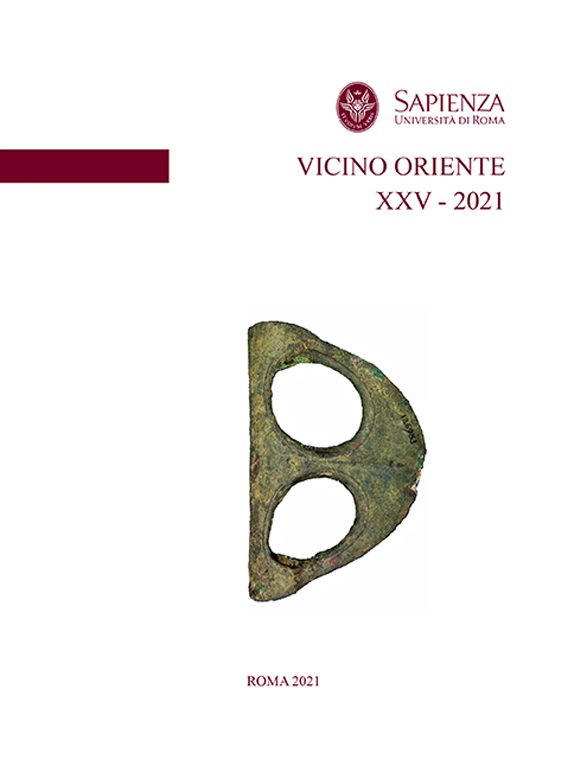Abstract
This paper illustrates four bronze Levantine fenestrated axes dating back from the Early Bronze
IVB (2200-2000/1950 BC) to the Middle Bronze I (2000/1950-1800 BC) preserved in the collection of
the British Museum.1 The study gets underway from some recent discoveries (‘Enot Shumi, Sana’iye,
al-Nasim) and takes the opportunity to re-analyze the corpus of Levantine fenestrated axes, to update
it by defining some diagnostic and chronological characteristics, and to highlight the symbolic value
of these weapons in the divine, rulership and ritual realms.

This work is licensed under a Creative Commons Attribution-NonCommercial-NoDerivatives 4.0 International License.
Copyright (c) 2023 VICINO ORIENTE

